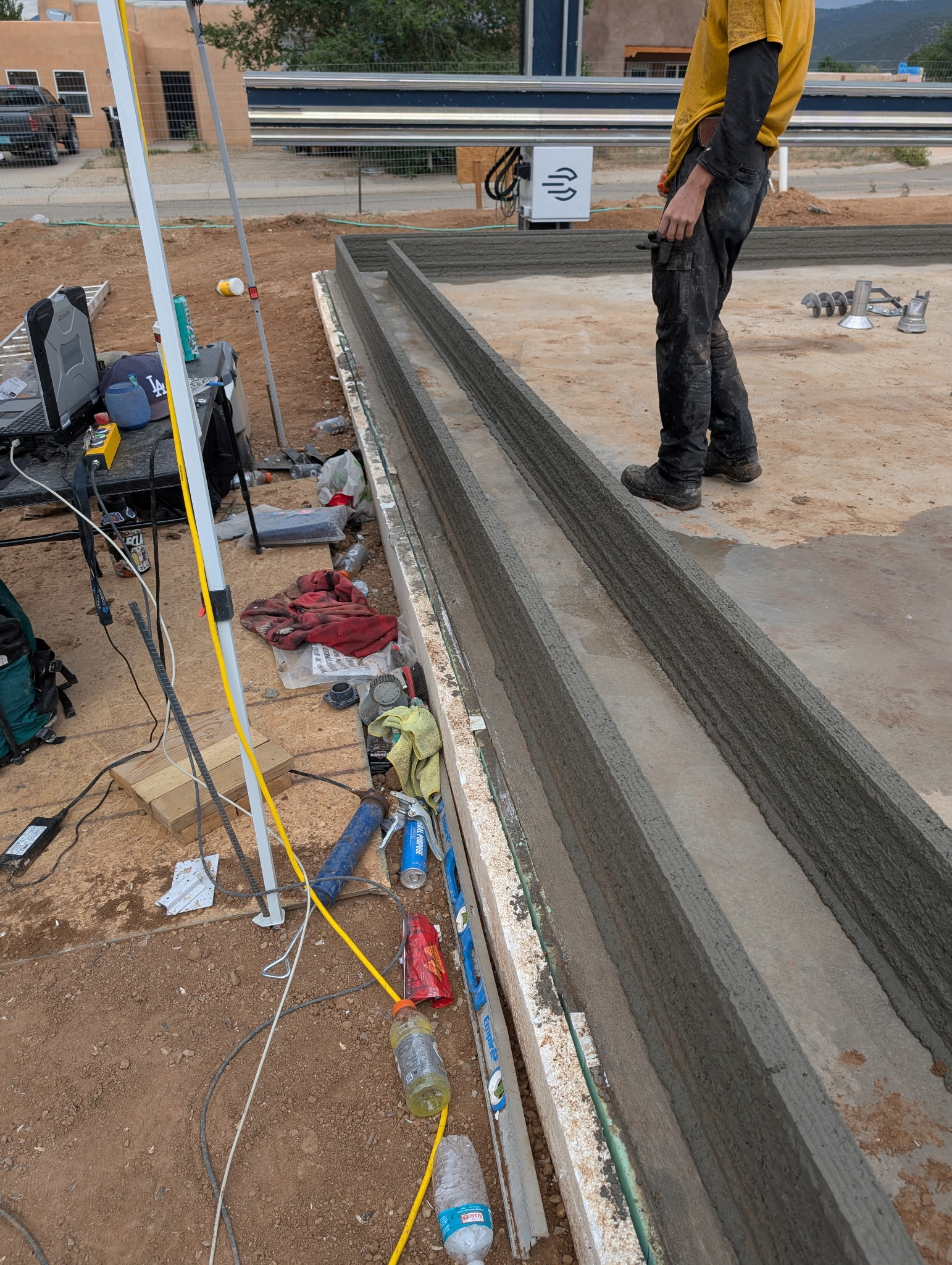Superwood is an engineered wood material developed by University of Maryland researchers and commercialized by InventWood. It is produced through two key steps:
-
Chemical delignification: Partial removal of lignin (and hemicellulose) using mild aqueous solutions (e.g., NaOH, Na₂SO₃) .
-
Hot compression: Softened wood is densified (~80% volume reduction) around 65 °C, aligning cellulose nanofibrils and re‑bonding residual lignin .
The result is a dense, strong, and remarkably lightweight timber with tensile strength up to 50% greater than structural steel and a strength‑to‑weight ratio ∼10× higher
Technical Highlights
-
Strength & Toughness: 10–12× stronger and tougher than natural wood, 50% stronger than steel, and comparable to carbon fiber in some measures .
-
Fire & Environmental Resistance: Achieves Class A fire rating, resistant to fire, moisture, rot, pests, fungi, and insects when polymer‑impregnated .
-
Lightweight: Maintains wood’s lightness, advantageous for structural and transport applications .
-
Aesthetic Preservation: Retains natural wood grain and appearance; compatible with stains, paints, and design finishes .
-
Sustainability: Made from sustainably sourced wood; locks carbon in structure and reduces reliance on steel/aluminum; domestically produced .
-
Production Scaling: Series A funding of USD 15 million (total > 50 million) secured; first manufacturing plant in Maryland, with commercial shipments expected Q3 2025 .

Pros Sustainable, Regenerative Design
-
Structural Excellence
Exceptional strength‑to‑weight ratio makes it viable for structural elements, building frames, cladding, facades, and infrastructure.
-
Aesthetic & Design Versatility
Natural timber look appeals to architectural taste; finishes and stains allow customization.
-
Environmental Alignment
Carbon sequestration and use of fast‑growing softwoods aligns with sustainability goals.
-
Durability & Resilience
Fire‑rated, moisture‑ and pest‑resistant—ideal for varied climates, harsher conditions, and exterior exposure.
-
Local Economic Impact
U.S. production supports local forestry, reduces transport emissions, and aligns with responsibly sourced material practices.
-
Multisector Applicability
Potential for eco‑friendly furniture, automotive interiors, lightweight vehicle parts, and even aerospace components
Challenges & Considerations
-
Cost & Economics
Current production cost is likely higher than standard wood or steel; economies of scale will determine price competitiveness .
-
Regulatory Standards
Compliance with building codes (IBC, ASTM) and structural approvals remain pending; further fire, load‑bearing, weather exposure certifications needed. A Structural Engineer can provide everything a building department needs to issue permits.
-
Scalability & Supply Chain
Scaling up from pilot to mass production will require robust supply chains, consistency, quality control, and machinery.
-
Processing & Workability
For smaller contractors, workability with standard tools—sawing, drilling, fasteners—needs verification. Reddit users caution:
“Can the average Joe use his normal tools… or will crafting require specialized tools?” .
-
Chemical Use & Environmental Impact
– The delignification process uses sodium hydroxide and sulfite; disposal and chemical recycling must be environmentally managed .
-
Long‑Term Performance
– While lab tests are promising, real‑world aging under UV, cyclic loads, freeze/thaw, seismic environments require rigorous testing.
1. InventWood (Commercial Developer)
InventWood is the materials science company that commercialized Superwood. Their website clearly states: “Introducing the reinvention of wood: Superwood. Stronger than steel. The soul of wood.”
They explain that Superwood is the culmination of a decade of research—transforming ordinary timber into an extraordinary structural material by chemically modifying and hot-pressing it to align cellulose fibers and enhance strength
2. University of Maryland (Academic Origin)
The University of Maryland is credited with the laboratory research that originated Superwood. Their engineering team first demonstrated how partially removing lignin and compressing wood at moderate temperatures creates a material hundreds of percent stronger and tougher than natural wood—and rivaling steel and carbon fiber.
One official UMD press release, “Super Wood Could Replace Steel” (Feb 7, 2018), states:
-
“This new way to treat wood makes it twelve times stronger than natural wood and ten times tougher… It could be a competitor to steel or even titanium alloys.”
Since then, the University has continued research on genetic modifications (e.g. lignin gene in poplar) to improve sustainability and process efficiency






Leave A Comment